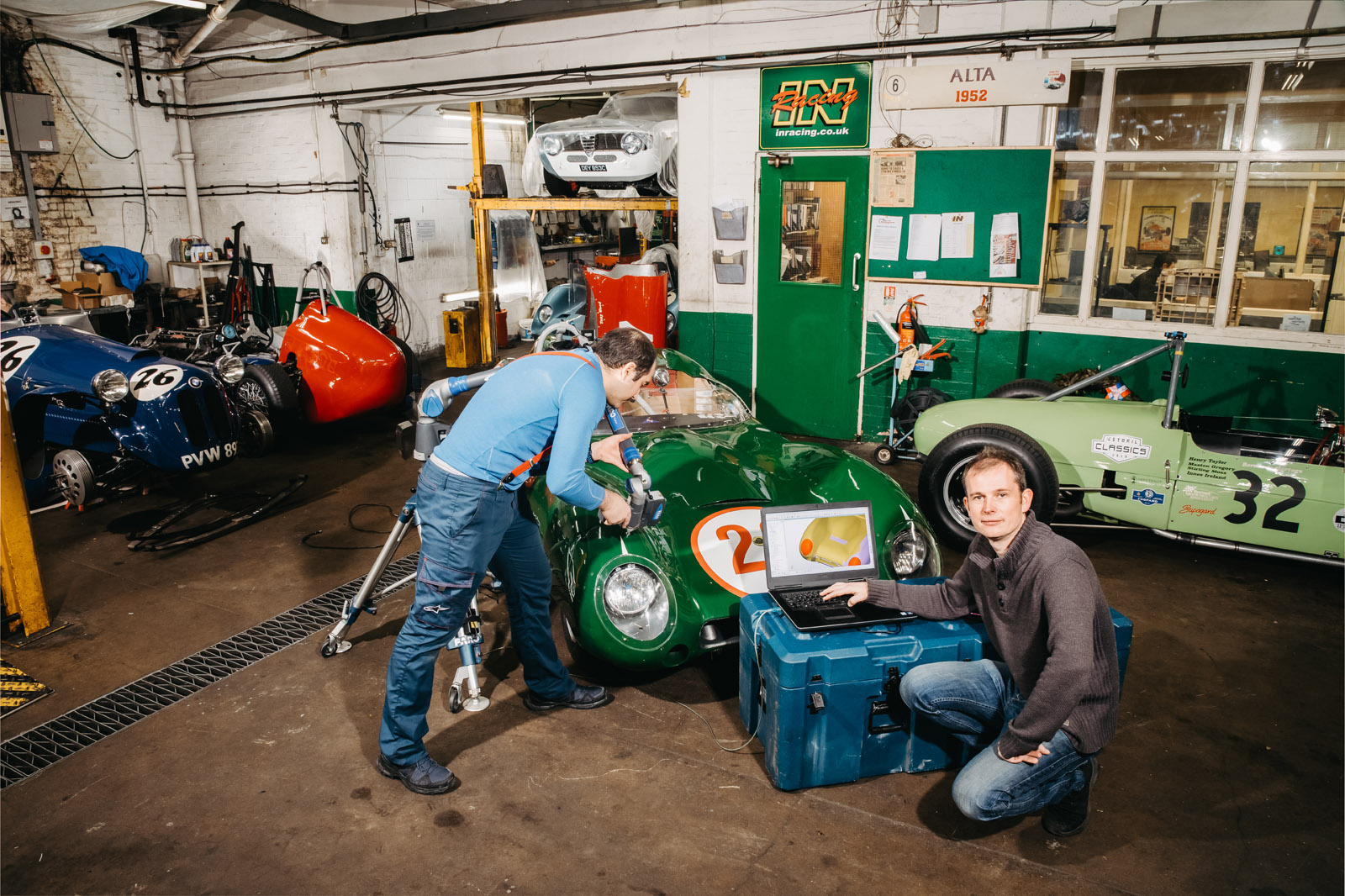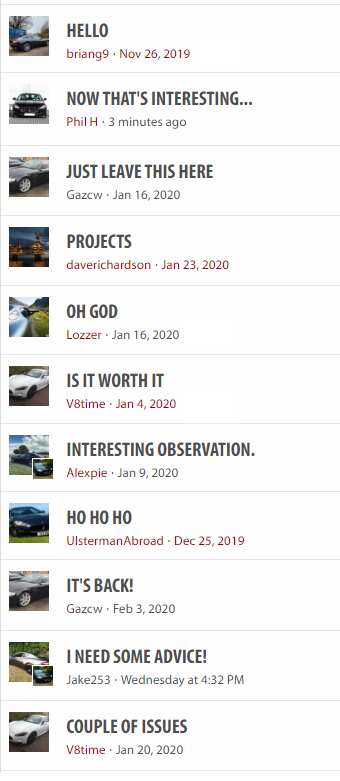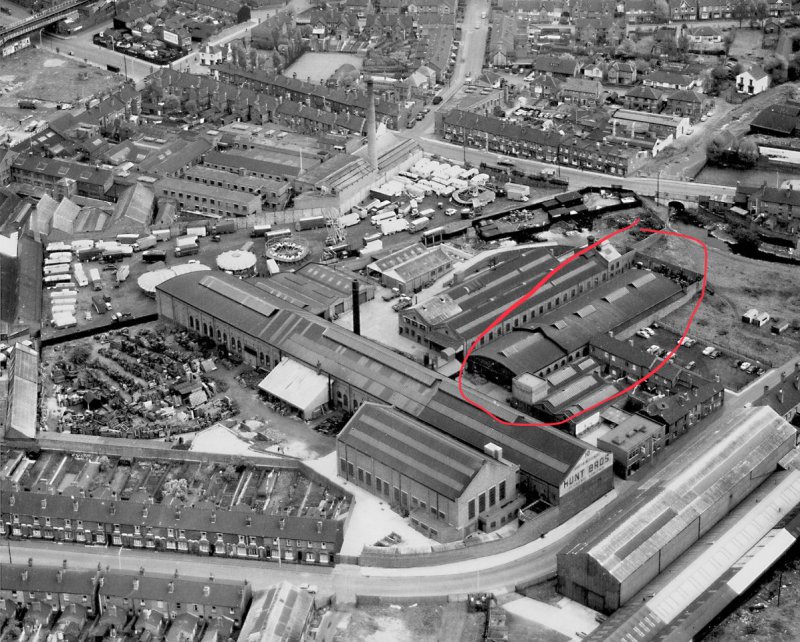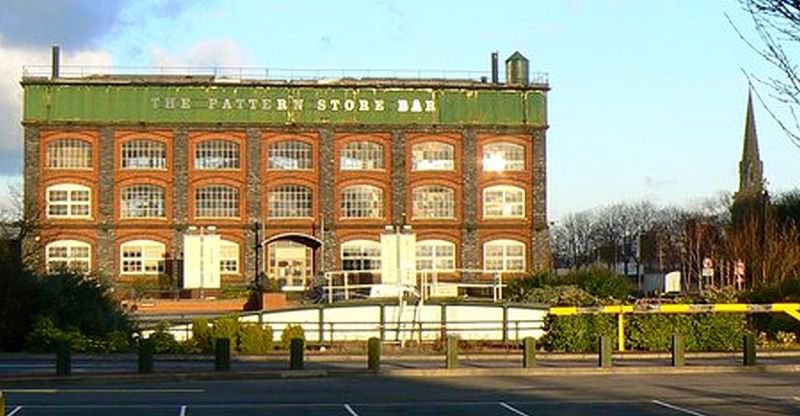Surely the weight of fibre and data handling capacity of fibre would be a no brainer for non-critical applications of the aircraft.
Up to a point, but even today it wouldn’t necessarily be a no-brainer as each application including non-critical ones should be considered on merit wrt to safety, reliability, performance, and cost – not necessarily in that order. Back in the day though it was, for our use anyway, relatively new technology; on the upside fibre would help resolve weight issues, and due to the weight saving there was also the possibility of adding dual or even triple redundancy to systems. On the downside we had cost and component availability (to meet very demanding system specifications), and that’s before we got around to EV considerations and certification.
There’s a similar analogy with 3D printing, in that theoretically many things may seem possible and perhaps even cheap, until you look at basics like stress analysis and lifing. The Autocar article refers to 3D printed clutches to which special coatings are applied and I’m sure that’s fine, but would 3D printed wishbones ever get regulatory approval? Just like the fibre optic scenario each application must still be considered on its own merits, but imho the basic criteria for that are quite similar.
I’m not sure how many Maserati years I have left, and in the long term I rather fancy a lightweight Hydrogen-powered wheelchair, now I wonder……..
PH

 www.autocar.co.uk
www.autocar.co.uk








